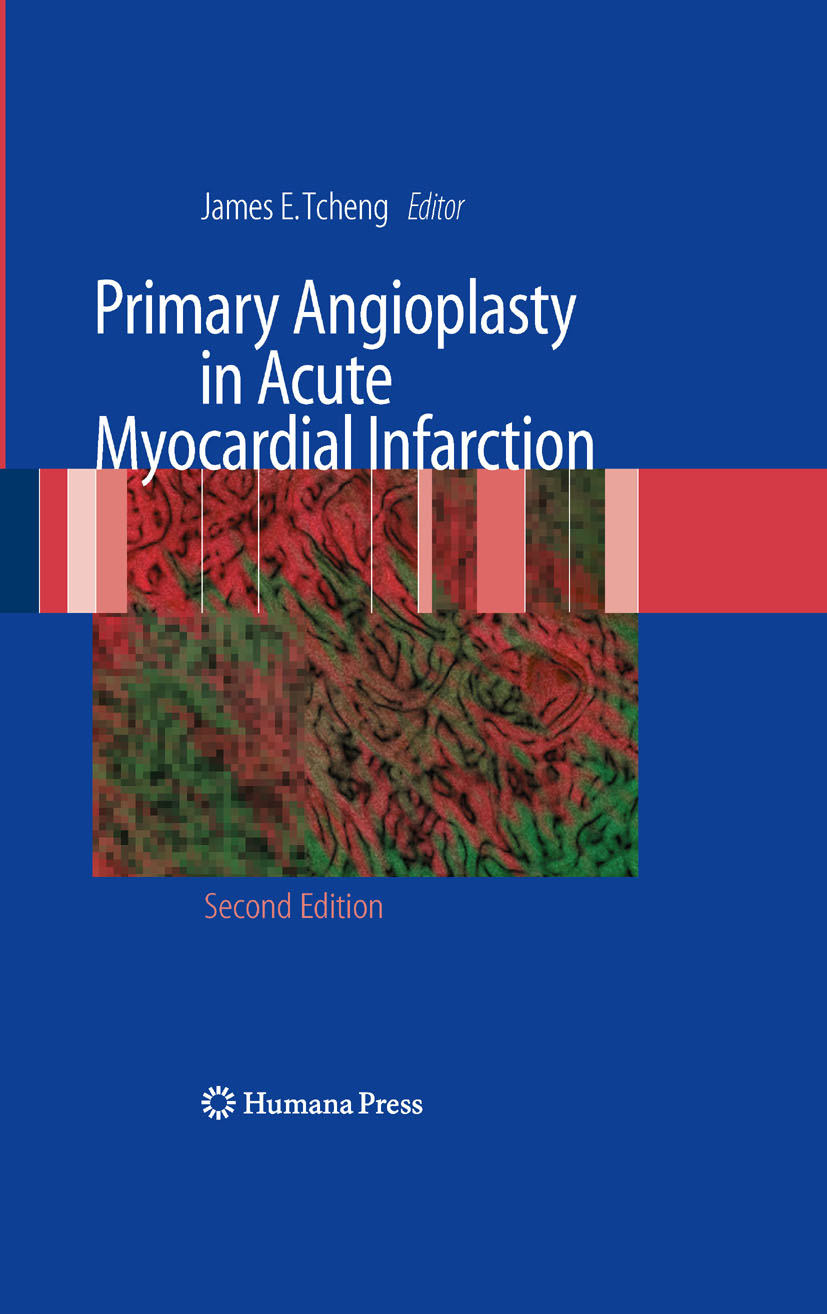Primary Angioplasty in Acute Myocardial Infarction
| Auflage | 2. Auflage, 2009 |
| Verlag | Humana Press |
| ISBN | 9781603274975 |
Sofort zum Download (Download: PDF; Online lesen)
Produktbeschreibung
The past 50 years have witnessed a breathtaking evolution in the approaches to the patient with an acute ST elevation myocardial infarction. In the 1960s, the now commonplace cardiac intensive care unit was but a nascent idea. Without much to offer the patient but weeks of absolute bedrest, substantial morbidity and high rates of mortality were the norm. Just 30 years ago, seminal discoveries by DeWood and colleagues suggested that the culprit was plaque rupture with thrombosis, not progressive luminal compromise. Subsequent fibrinolyt- based strategies resulted in a halving of the mortality of acute myocardial infarction. With the introduction of balloon angioplasty in the late 1970s, a few interventional cardiologists braved the question: why not perform emergency angioplasty as a primary reperfusion strategy? Indeed, reports of successful reperfusion via balloon angioplasty appeared (mostly in local newspapers) as early as 1980. Despite being thought of as heretical by mainstream cardiology, these pioneers nonetheless persevered, proving the benefit of ''state-of-the-art'' balloon angioplasty compared with ''state-of-t- art'' thrombolytic therapy in a series of landmark trials published in the New England Journal of Medicine in March of 1993. Publication of the first edition of Primary Angioplasty in Acute Myocardial Infarction in 2002 to some extent anticipated the widespread acceptance of primary percutaneous coronary intervention as the standard of care. Since then, in all respects, the evolution of emergency percutaneous revascularization has only accelerated. The universal replacement of balloon angioplasty with stent implantation was clearly one key.
